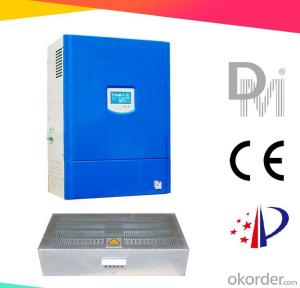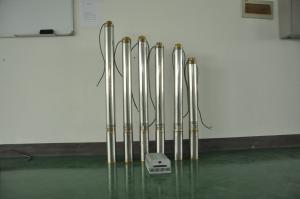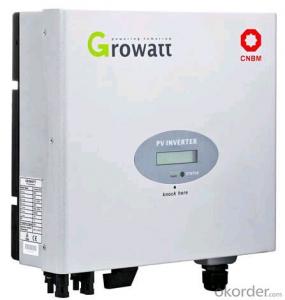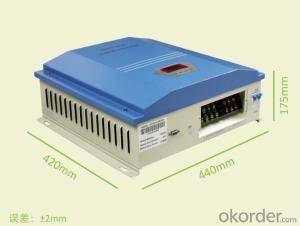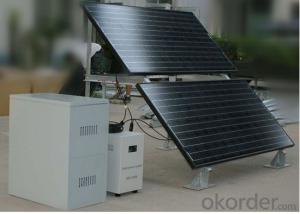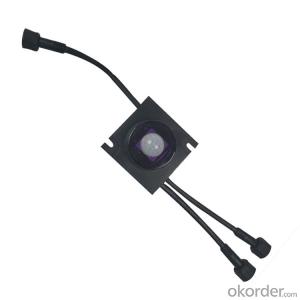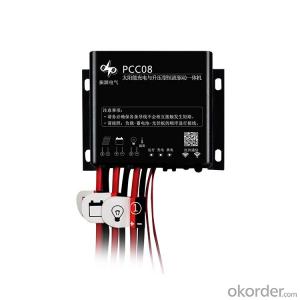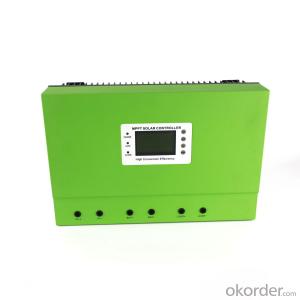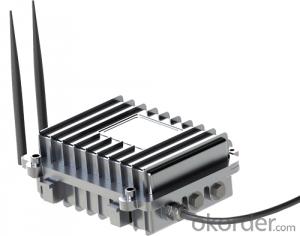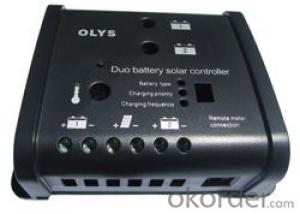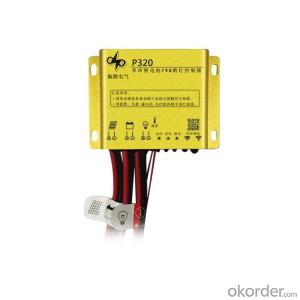2kw Hybrid Solar Inverter
2kw Hybrid Solar Inverter Related Searches
2kva Solar Hybrid Inverter 2kw Solar Inverter Solar 2kw Inverter 2kw Inverter Solar 2kv Solar Inverter 2 Kv Solar Inverter 2kva Solar Inverter 2 Kilowatt Solar Inverter Inverter 2kw Solar System 2 Kva Solar Inverter Best 2kw Solar Inverter 2kw Off Grid Solar Inverter 2kw Solar Inverter Price 1kw Hybrid Solar Inverter 1kw Solar Hybrid Inverter Growatt 2kw Solar Inverter 2kv Solar Inverter Price 2 Battery Solar Inverter 2kw Mppt Solar Inverter 2kva Mppt Solar Inverter Solar Inverter 2kva Price 2kva Solar Inverter Price 4kw Hybrid Solar Inverter 2kva Off Grid Solar Inverter 3kw Hybrid Solar Inverter 5kw Hybrid Solar Inverter Inverter Solar Hybrid 5kw Solar Hybrid Inverter 3kw Solar Hybrid Inverter Hybrid Solar Inverter2kw Hybrid Solar Inverter Supplier & Manufacturer from China
The 2kw Hybrid Solar Inverter is a versatile power management solution designed to optimize the efficiency of solar energy systems. This advanced inverter is capable of handling both AC and DC power sources, making it an ideal choice for various applications such as residential, commercial, and off-grid setups. It is engineered to provide seamless integration with solar panels, batteries, and the grid, ensuring maximum energy utilization and cost savings.The 2kw Hybrid Solar Inverter is widely used in various scenarios where reliable and efficient power supply is essential. It is particularly beneficial in areas with fluctuating grid power or frequent power outages, as it can automatically switch between grid and solar power, ensuring uninterrupted electricity supply. Additionally, it is suitable for remote locations where grid connection is not available, providing a sustainable and eco-friendly power source. The inverter's hybrid capabilities also make it an excellent choice for energy storage systems, allowing users to store excess solar energy for later use.
Okorder.com is a leading wholesale supplier of the 2kw Hybrid Solar Inverter, offering a comprehensive range of this product to cater to the diverse needs of customers worldwide. With a large inventory and a commitment to quality, Okorder.com ensures that customers receive top-tier products at competitive prices. Their extensive selection of 2kw Hybrid Solar Inverters makes it easy for buyers to find the perfect fit for their specific energy requirements, whether for home use, business operations, or off-grid living.
Hot Products
